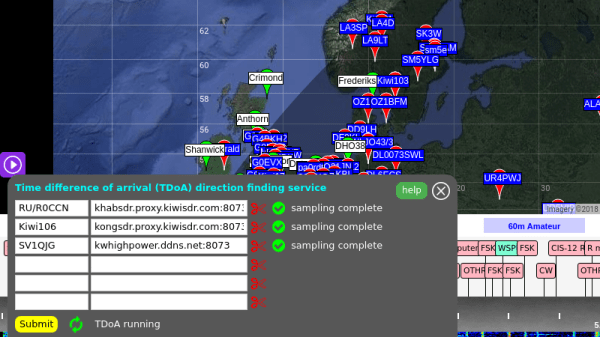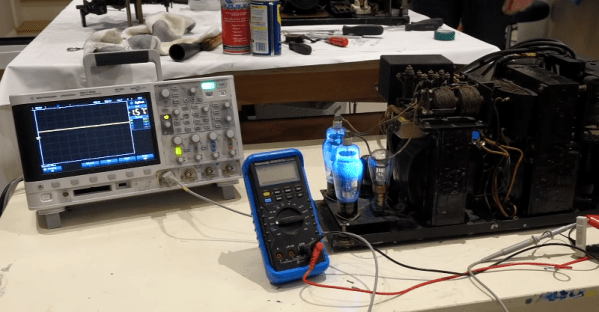If you’re a fan of endurance racing motor vehicles, there’s one that puts the 24 Hours of Le Mans, the Dakar Rally, and the Baja 1000 to shame, and the race doesn’t even involve cars. Indeed, the vehicles used for this massive trek from France to China are electric bicycles, powered only by solar panels. This is the epic Sun Trip endurance race, and one of its competitors built a unique tandem bike that is powered both by pedaling, rowing, and the solar panels.
The tandem bike is interesting on its own since the atypical design uses a back-to-back layout which means one person is facing backward, but the storage space is dramatically increased over the normal forward-facing layout. The person in the rear doesn’t pedal, though. [Justin_le] built an upper-body-powered rowing station for that spot so that the person riding back there can rest their legs but still help propel the vehicle. Of course, there’s also a solar panel roof so the two riders can pedal and row in the shade, which includes MPPT and solar tracking which drives a small electric motor on board as well.
This race started in June but is still going on. There’s a live GPS feed so you can keep up with the teams, and if you get really inspired you can go ahead and sign up for the 2019 race as well. This particular bike was also featured on Radio Canada as well if you’d like to learn more about it.
Thanks to [Arthur] for the tip!












 A Human-Computer Interface (or HCI) is what we use to control computers and what they use to
A Human-Computer Interface (or HCI) is what we use to control computers and what they use to 









